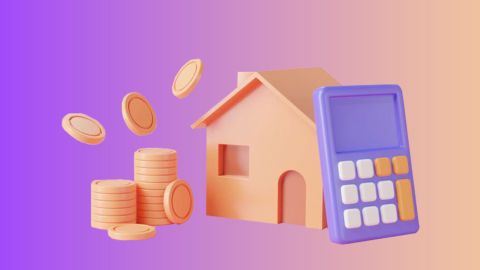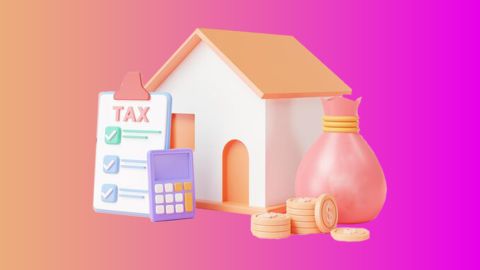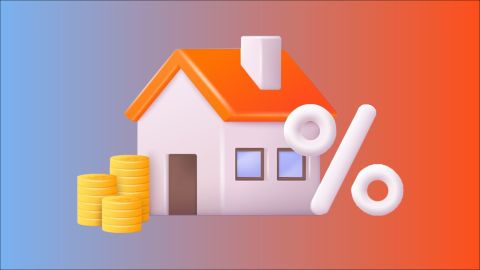Housing plays a cardinal role in creating sustainable and inclusive communities, and the property market is a major contributor to a country's economic activity. With the introduction of Goods and Services Tax (GST) in India, there were significant reverberations across different sectors, and real estate was no exception. This article aims at elucidating GST's impact on affordable housing, explains the GST rates applied to affordable housing, and ends by detailing how to calculate the GST on affordable housing transactions. We will also look at recent changes in GST rates for affordable housing and its benefits, clarify GST applicability for affordable housing and comprehensively review the GST rates on flat purchases in cooperative housing societies.
Overview of GST rates for affordable housing
The implementation of GST in India took place in July 2017 to ensure a uniform taxation structure replacing multiple indirect taxes. The government has stratified affordable housing under the 1% GST slab, a comprehensive change from the earlier regime. This 1% GST is applied without the Input Tax Credit (ITC), which means developers cannot claim the tax they pay for inputs and services during construction.
How GST impact affordable housing buyers?
The new lower GST rate of 1% without the availability of ITC has brought good news for potential affordable housing buyers. Now, the outright cost of affordable homes would be marginally lower, thereby enabling more people to fulfil their aspirations of owning a home.
Recent changes in GST rates for affordable housing
A significant positive development came in 2019, when the GST Council reduced the GST rate on affordable housing from 8% to 1%. This alteration was significant in making affordable housing more accessible to buyers.
Clarifications on GST applicability for affordable housing
The government's recognition of affordable housing led to the sliding scale of GST rates. The changes in GST rates apply to properties costing INR 45 lakh and below and measuring 60 square metres in metros and 90 square metres in non-metro cities.
GST rates on flat purchases in cooperative housing societies
GST on affordable housing also extends to flat purchases in cooperative housing societies. Here, the GST of 18% applies to services provided by housing societies to its members in the form of maintenance charges.
How to calculate gst on affordable housing transactions?
The calculation of GST is simple. Suppose a property costs INR 40 lakh in a metro city. Now, after applying the 1% GST rate, the total GST one would need to pay would be INR 40,000.
Supporting all this is Bajaj Finserv Home Loan, a torchbearer of change and a facilitator of dreams. Bajaj Finance has curated a selection of customised financial solutions to cater to the diverse needs of property buyers. With flexible repayment options, minimal documentation, and quick processing, Bajaj Finserv Home Loan ensures a transparent and cost-effective home buying experience that allows everyone irrespective of their socio-economic status to realise their grand visions of homeownership.
The cumulative effects of lowering GST rates on affordable housing have in many ways revitalised the property market, injecting fresh hope for both buyers and developers. More people can access their dreams of homeownership, and developers can plan their growth strategy more confidently. With the government's push for affordable housing and financial institutions like Bajaj Finance providing support, the future for affordable housing appears welcoming and promising in India.




